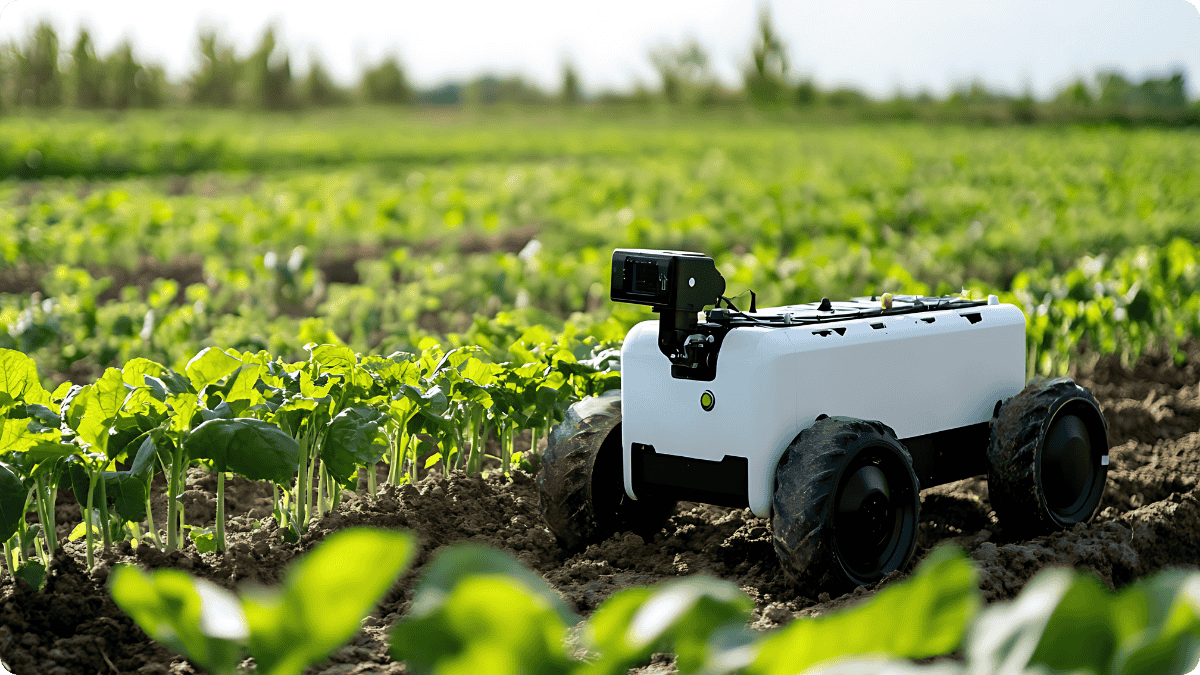Robots in the Strawberry Fields: Who Gets Left Behind?
California’s new AgTech “Olympic Village” promises efficiency and sustainability — but for thousands of farmworkers in Salinas Valley, the future looks more like displacement than opportunity.

A Future of Robots and Drones
In September, Reservoir Farms opened a 40-acre AgTech incubator in Salinas Valley — the “Salad Bowl of America.” Backed by John Deere, Nutrien, Driscoll’s, and Taylor Farms, the hub is designed as a playground for startups testing autonomous weeders, harvesting robots, and precision irrigation systems.
The narrative is polished: Silicon Valley meets soil. The pitch is that robots will save water, cut pesticide use, and ease the labor crisis. Supporters call it innovation. But for tens of thousands of workers whose hands have long picked strawberries and lettuce, the promises sound more like warnings.
The Numbers Behind the Disruption
27,000 jobs at risk: Analysts estimate strawberry-picking automation alone could cut nearly 30,000 farmworker positions in California.
$300,000 price tags: The robots being tested are priced for mega-farms, not small family growers.
Retraining promised, not guaranteed: Reservoir Farms has partnered with Hartnell College to retrain workers as drone pilots and technicians — but not every displaced picker will become a coder.
Farmworker advocates point out the obvious: if your career has been in the fields for decades, shifting to high-tech roles is not just a matter of retraining, but of literacy, language, and opportunity.
“Better Jobs, Not Just Fewer Jobs”
Reservoir Farms’ CEO insists automation should “augment the workforce, not replace it”. Supporters argue that the hub will create higher-skill opportunities in robotics and data management.
But in Salinas, skepticism runs deep. “We support training, but we also know not every displaced worker will become a robot mechanic,” said one community organizer.
“What about the folks who can’t easily jump to the new economy?”
For families already living paycheck-to-paycheck, the transition from field work to tech work isn’t seamless. And as strawberries get picked by machines instead of hands, the loss is more than economic…it’s cultural, uprooting communities that have sustained the Valley for generations.
Whose Resilience Counts?
Supporters say AgTech is essential for farms facing labor shortages and climate stress. They frame it as survival. But critics ask: survival for who?
For large-scale lettuce and berry companies, robots slash labor costs and boost efficiency.
For small-scale regenerative growers, these tools are out of reach and irrelevant to the daily work of building soil health.
For farmworkers, automation threatens not just jobs but an entire way of life in Salinas.
This is the paradox: a project framed as “resilience” for farmers may deepen precarity for workers, the very people who have sustained America’s produce aisle for decades.
A Different Vision of Innovation
The labor crisis in agriculture is real. The work is brutal, and younger generations often don’t want it. But does that mean the only solution is automation?
Alternative visions exist:
Programs that legalize and protect immigrant farm labor rather than replace it.
Investment in regenerative practices that rely on diversified cropping and human knowledge, not machines.
Public funds for farmer- and worker-led innovation, instead of subsidies for corporate tech ventures.
If we define “innovation” narrowly (as robots and AI) we miss the broader picture of community resilience. True resilience is rooted in people, not just productivity metrics.
Thank you for reading, Viva La Regenaissance!
-Ryan


Thank you for bringing nuance and imagination to a complex challenge.